More Specifications Info – Xiaomi Redmi Note Review
In this Xiaomi Redmi Note review, we’ll share general information that you will find in any Xiaomi Redmi Note specifications list. These are the prime factors you have to think about when planning to buy a smartphone.. Also, you will walk away knowing more and more about some vague terms.
Xiaomi corporation announced Xiaomi Redmi Note mobile phone model on 3/1/2014, and Released 2014, March. However, this model status in the market is: Discontinued.
Xiaomi Redmi Note has a 5.5 inches, 83.4 cm2 screen size and Corning Gorilla Glass 3 as a display protection that is designed to save the screen when the phone drops on hard and jagged surfaces.
Xiaomi Redmi Note has 8GB 1GB RAM, and 3200/3100 mAh battery life (the more mAh value gives more strength to the battery). When you buy Xiaomi Redmi Note, you will gain a 13 MP, f/2.2, 28mm (wide), AF rear camera and 5 MP selfie camera.
Xiaomi Redmi Note comes with the following performance and platforms:
* Android 4.2 (Jelly Bean), upgradable to 4.4.4 (KitKat), MIUI 9.2 operating system,
* Mediatek MT6592 (28 nm) Chipset,Octa-core 1.4/1.7 GHz Cortex-A7 Processor.
To get a full good Xiaomi Redmi Note review and make a wise decision on what device you will buy, continue reading the following lines.
Xiaomi Redmi Note Review of The Body Features
People are often interested in the smartphone’s body features, which prompted most mobile phone production companies to use a significant part of the company’s research and budget to evolve this aspect of phones so that it fits all the aspirations of the consumer. In the following lines, you will find Xiaomi Redmi Note review, which will demonstrate the most important details related to the body of this device.
* Body Dimensions: 154 x 78.7 x 9.5 mm (6.06 x 3.10 x 0.37 in) which mean height, width, and thickness (depth) respectively.
* Body Weight: 199 g (7.02 oz).
For mobile phones, a weight between 140g to 170g is considered convenient for most consumers.
* Body Build: Glass front (Gorilla Glass 3), plastic back, plastic frame.
Here are the most known body kinds of the mobile phones:
* Metal. In order to give the inside components of smartphones the best protection, some producers build the phones’ bodies out of metal..
* Glass. Devices whose body is made of glass may look more catchy, but this kind is not considered robust when dropping on hard surfaces.
* Plastic. This type is very functional, so it is the most widespread one in the industry of smartphone bodies.
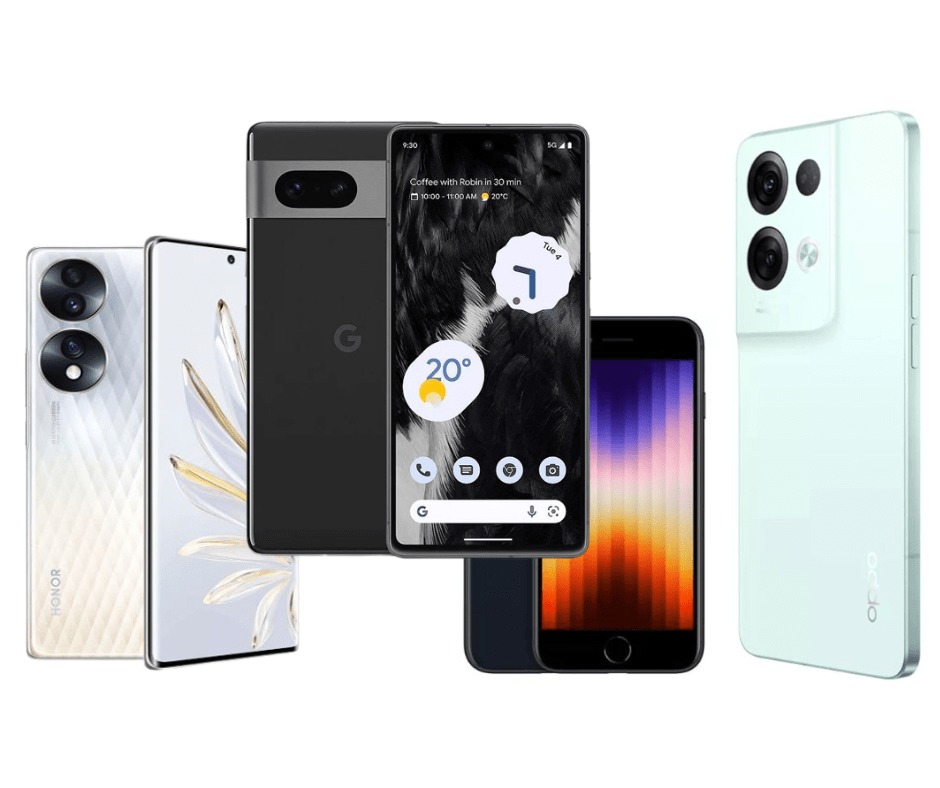
Know All available Colors – Xiaomi Redmi Note Review
Choosing the color of the mobile phone cover is a personal matter in general, since it has become associated with the general taste of the customer.
Xiaomi Redmi Note comes in the following colors: Black, White.
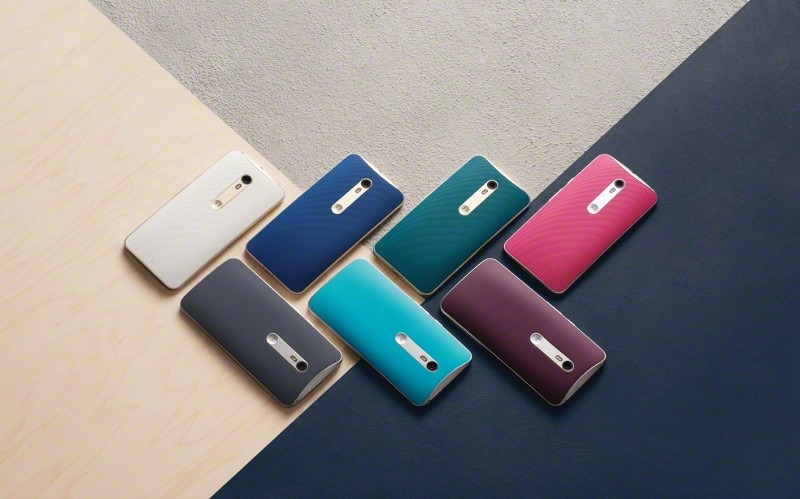
All About Display Specs in one Xiaomi Redmi Note Review
The user interface’s fundamental element is the cellphone’s screen., so it is crucial to know its specs well, then you will be able to choose a smartphone with screen that provides your needs.
The lines that follow explain the essential screen features of Xiaomi Redmi Note. screen
Display Type: IPS LCD – Remember that you should search for a screen kind that provides more vibrant colors and genuine black.
Display Size: 5.5 inches, 83.4 cm2 – The common standard screen size of smartphones now averages between 4.7 and 6.5 inches.
Screen To Body Ratio: (~68.8% screen-to-body ratio). It provides the percentage of how much of the front face is covered by the display.. Smartphones that have the largest screen to body ratio look delicate and give it a premium look.
Display Ratio: 16:9 ratio. the Aspect ratio is the relevance between the height and width of the smartphone screen. Taller aspect ratios like 19.5:9 is coming with the most modern smartphones, and it is suitable for web browsing, and other portrait orientation apps.
Display Resolution: 720 x 1280 pixels. It is the clarity of an image video in details and sharpness. The pixel resolution for high definition screens is 1920 x 1080.
Display Density: (~267 ppi density). It is the number of physical pixels per inch on a screen, and is measured in Pixels Per Inch (ppi).
Display Protection: Xiaomi Redmi Note comes with the following display protection:
* Corning Gorilla Glass 3
* Corning Gorilla Glass 3.
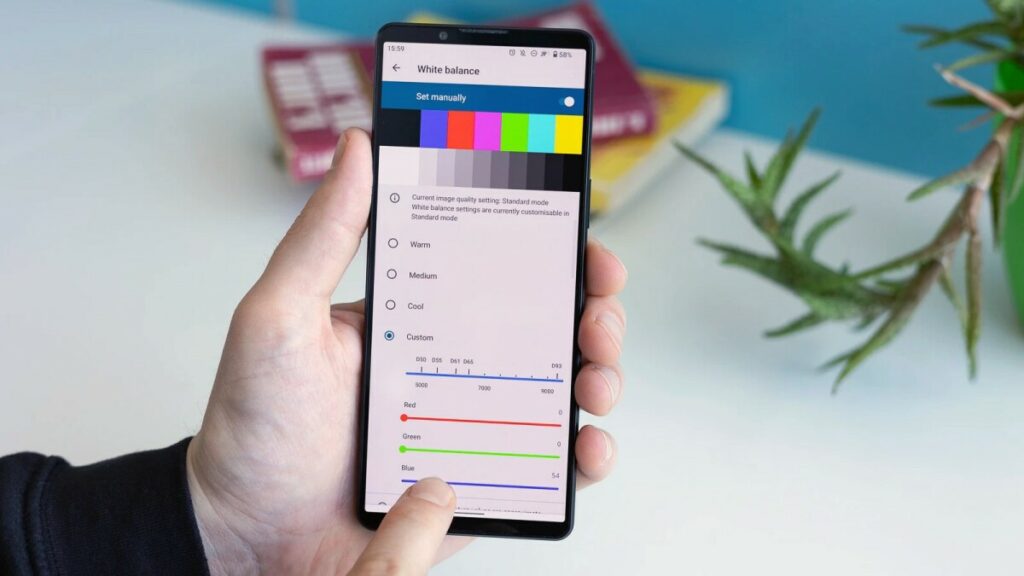
No More Camera Specifications Confusing – Xiaomi Redmi Note Review
In the following lines, you will find Xiaomi Redmi Note review about the main cameras.
* Main Camera Single: {13 MP, f/2.2, 28mm (wide), AF}.
The following lines explain some of the symbols included in the camera spesc:
MP (Megapixels) is the resolution of the image taken by a cellphone.
(f value) is the aperture of a lens indicates how much light it lets in. A bigger aperture lets in more light, and vice versa..
(mm value) This measurement is of the lens’s focal length, which affects the final image that is produced by your camera.
AutoFocus (AF) is the function of a camera to automatically focus on a subject.
The main camera features are as follows:
HDR, 1080p@30fps main video camera.
In the following lines, you will find Xiaomi Redmi Note review of the selfie camera:
* Selfie Camera Single: 5 MP
The main camera specs are:
720p@30fps Selfie video camera.
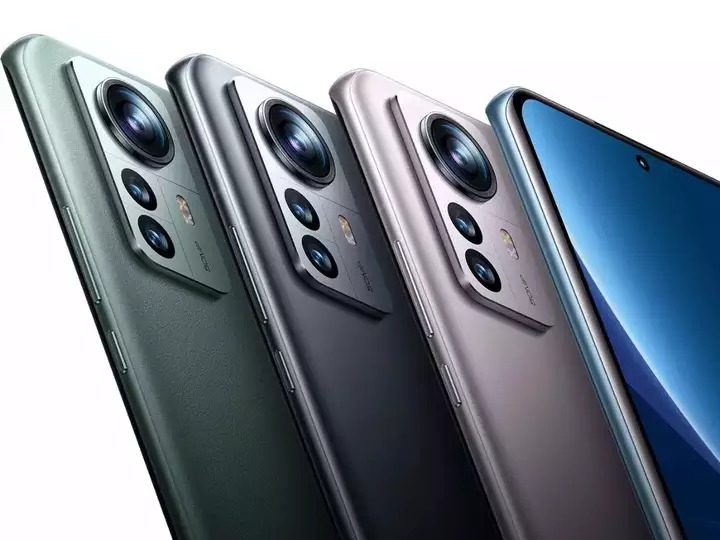
the SIM Card Specs – Xiaomi Redmi Note Review
The acronym SIM is used to refer to the Subscriber Identity Module. It is an electronic card that can be inserted into your cellphone to be able to access your phone’s communication features to make calls, send SMS, and connect to the 3G, 4G LTE, and 5G mobile internet. For more info about 3G / 4G networks, refer to Xiaomi Redmi Note 3G or Xiaomi Redmi Note 4G articles. SIM cards come in three sizes: Standard (Mini), Micro, and Nano. You can use your smartphone without a SIM card, such as using the calculator, playing games, saving text or voice notes, and connecting to a Wi-Fi network to browse the web.
This phone model comes with Dual SIM card. For more info, refer to How to insert SIM card in Xiaomi Redmi Note article.
Here are the common SIM card types:
* Nano SIM. It is the smallest removable SIM card size, so it is the most modern one (other than eSIMs, which we’ll read about it very soon) and it’s used by the vast majority of modern cellular phones.
* Micro SIM. They have a slightly larger chip, and they haven’t been utilized too often lately.
* Standard SIM (Mini SIM). It is the biggest SIM card size in use, and it’s the most rarely used.
* eSIM. It is an embedded SIM card, i.e., you can’t take it off of your smartphone.

The Performance – Xiaomi Redmi Note Review
This model has Mediatek MT6592 (28 nm) chipset.
Advanced embedded chipsets in cellphones allows the performing of many different tasks depending on their programming. They are built-in as part of the complete device including hardware and mechanical components. The most famous chipset types are: QUALCOMM Snapdragon, INTEL ATOM, and MEDIATEK CHIPSETS..
Xiaomi Redmi Note has Octa-core 1.4/1.7 GHz Cortex-A7 CPU.
CPU (Central Processing Unit) performance is necessary for the daily user experience. Thus, the higher the number of cores, and the higher the number of processing speed the better the performance will be..
Xiaomi Redmi Note has the following GBU (Graphics Processing Unit): Mali-450MP4.
This chip is responsible for handling all graphics jobs. Actually, Users are now more familiar about the various GPU chip kinds included in mobile chipsets and occasionally take their performance into account when making purchases.
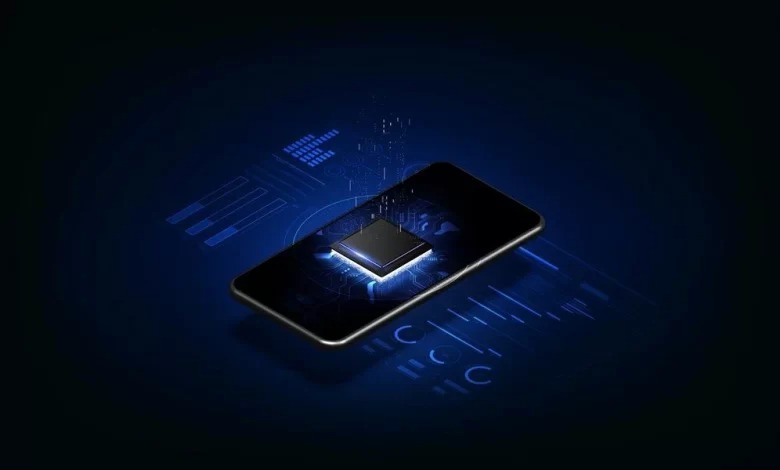
Xiaomi Redmi Note Review of the Storage specifications and Capacity
The amount of storage that a new smartphone offers is one of the main decision considerations.. Actually, Xiaomi Redmi Note comes with microSDHC memory card slot, and the following internal memory: 8GB 1GB RAM – 8GB 2GB RAM
There are two types of phone’s memory:
Internal: It is integrated inside the phone, and can’t be expanded. These days, most mobile phones come with internal storage of at least 32GB or 64GB and a few high-end models feature 256GB or 512GB.
External: It is a removable SD card used as an extra storage to save photos, music, videos, etc., regardless of the kind of SD card slot.
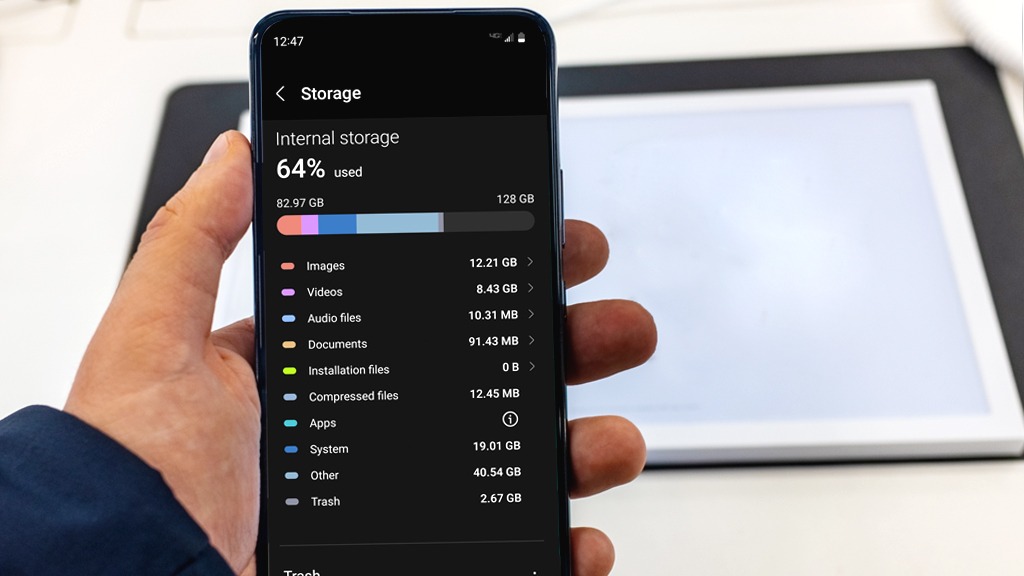
Xiaomi Redmi Note Review – Mobile Networks and Connectivity
The complex architecture used by mobile networks covers base stations sending radio waves inside hexagonal areas known as “cells” (hence mobiles also being known as cellphones). In order to prevent any signal-deficient locations, thousands of cells interfere across several geographic zones. 3 various network kinds available today: 3G, 4G, and 5G. These networks have the capability to pick up and deliver mobile communications as well as transmit and receive data and information.
Xiaomi Redmi Note supports the following networks: 3G. For more info, refer to Xiaomi Redmi Note 3G article.

Available Wireless Connections – Xiaomi Redmi Note Review
This model comes with the following wireless communications:
* WLAN connection: {Wi-Fi 802.11 b/g/n, Wi-Fi Direct, hotspot}. Wireless Local Area Network depends on Wi-Fi to connect to the home or office wireless network using the local router and provides Internet access.
* Bluetooth connection: {4.0, A2DP, LE}. It is a common wireless communication protocol used to connect two devices together over short ranges, allowing them share data between different devices.
* GBS connection: {Yes, with A-GPS, GLONASS}.Global Positioning System allows mobile phone to determine any position you need.
* USB connection: {microUSB 2.0, USB On-The-Go}.Universal Serial Bus is wired technology that allows users to connect two devices, such as a smartphone with a PC, to either transfer data or to charge the connected device.
* Features Sensors: {Accelerometer, gyro, proximity, compass}. The sensor is a device that detects and majors the changes in the nearby environment such as ambient light and motion.
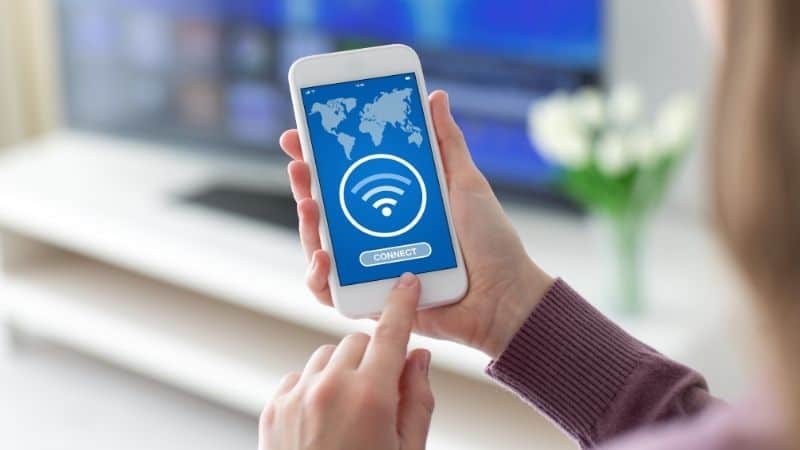
The Operating System – Xiaomi Redmi Note Review
This model comes with {Android 4.2 (Jelly Bean), upgradable to 4.4.4 (KitKat), MIUI 9.2} operating system.
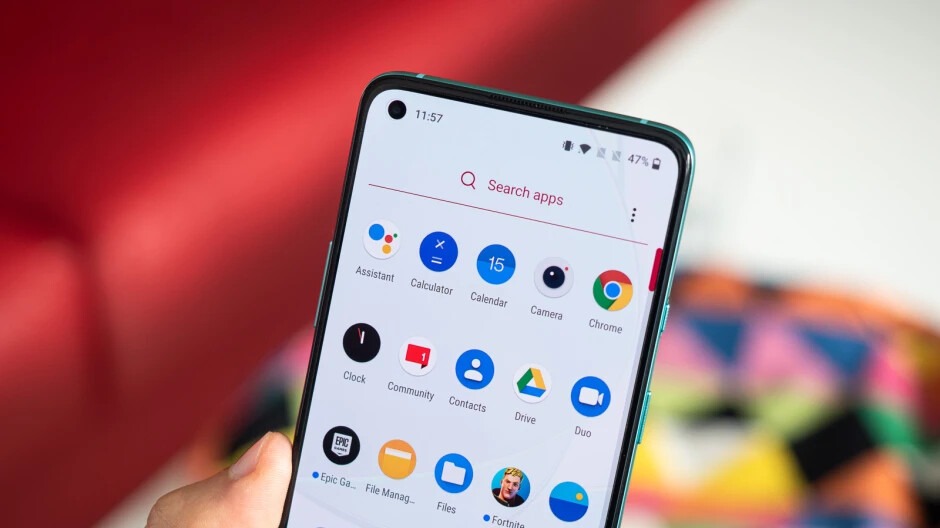
Battery Main Specs – Xiaomi Redmi Note Review
Nothing is more important than the battery of the cellphone that keeps these devices running and keeping daily life functioning. In the following lines, you will find Xiaomi Redmi Note review of its primary battery.
* Battery Technology: {Li-Po}.
* Xiaomi Redmi Note comes with {removable} battery.
* Battery Capacity: {3200/3100} mAh. It refers to the amount of storage volume a specific battery may offer. A battery with 3100 mAh capacity rating could supply a current of 3100 mA for one hour. Higher mAh ratings for the same battery kind will usually mean more working time.


